Instruction
Evaluate your swing with these three shots
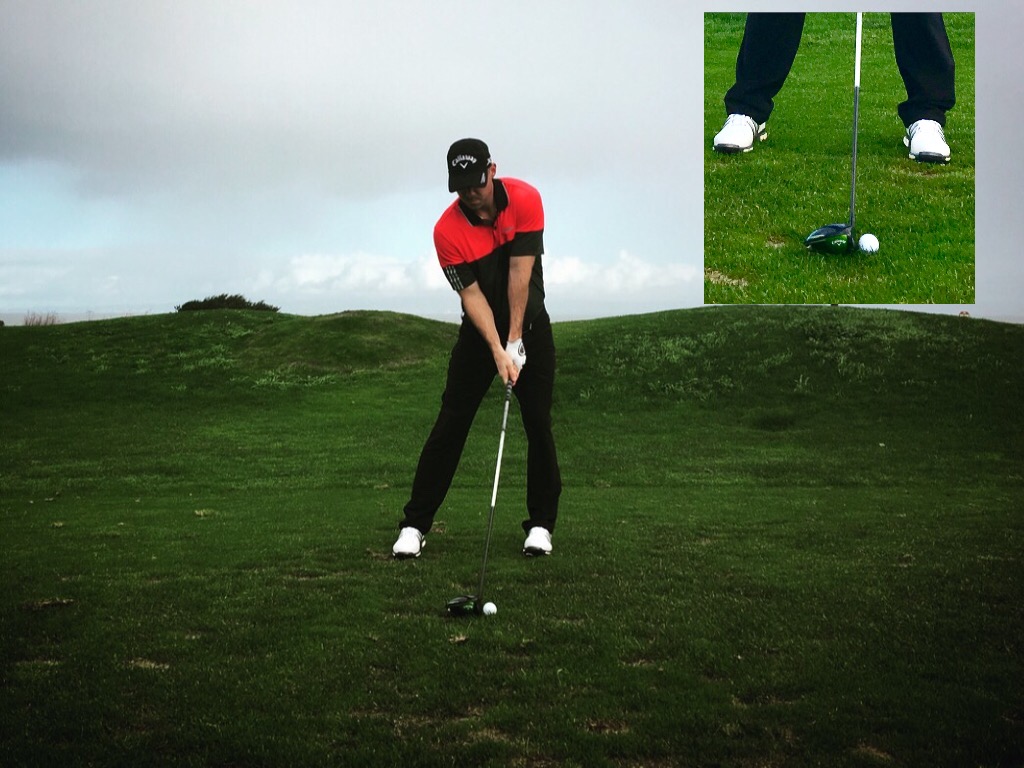
The driver off the deck, “the cut-off” swing and the off-speed shot are all good indications of where you stand with your golf swing. If you can master these shots, you are probably doing more right than wrong. In this article, we will examine what it takes to pull each shot off, and why you not may be able to.
The Driver off the Deck
This is by far one of the hardest shots in golf, because the driver head must strike the ball with the perfect angle of attack. To achieve this, a player must have the correct body angles at address and maintain them throughout the swing. When done correctly, a player will have the sensation that they are more “over the ball” with their top half at impact.
Golfers who struggle with this shot usually lose the body angles or “body shape” they started with at address. The most common fault I see is golfers “falling back” with their upper half on their downswing.
Creating the proper attack angle is critical for a crisp driver off the deck, and a player must create width on their downswing for a shallow angle of attack to pull pff the shot. It is a common misconception among players and instructors that a narrow downswing with as much “lag” as possible creates speed. It’s actually true that a wide downswing that creates speed.
If you can’t pull this shot off right now, practice at half speed until you make contact. Check your setup for the proper body angles and make sure your takeaway isn’t too wide, which tends to result in a too narrow downswing.
The Cut-Off Shot
This is one of the best shots to get your body and arms working together through the shot. In the cut-off swing, a player abbreviates their finish after impact. This is done to get the right side of your body working more around and through the shot. If done correctly, your arms will stay in front of your body with the same wrist angles. To check the position, you should be able to bring your body and arms right back down in reverse to impact without any manipulation.
Players who struggle with this shot have bad timing with their arms and body. When a player’s body stalls through impact, the hands will flip over rather than letting the right side of your body rotate around.
The “early clear” is the swing that results with a player attempting to clear their left side too early. Our arms generate speed, which pulls our body around. We still hit the ball with our core, but at the correct time. It’s important to understand how speed and inertia will clear our body.
The cut-off swing is a great drill to not only check positions, but to learn how to generate speed, especially shaft speed. In fact, the finish position could technically end in this cut-off position. Anything more — for example, the body rotating around or the shaft wrapping around your neck — is just pretty on the eyes. A great example would be the finish of Henrik Stenson; note where his arms fold up and body finishes, even with his 3 wood off the tee. A player should be able to cut off any swing just a few feet after impact.
The Off-Speed Shot
If you can’t do it half speed, you can’t do it full speed. A sign that players have control of their swing and trajectory is their ability to take any club and take some off it. Take your 7-iron and practice hitting shots to targets at varying distances. Start with 25 yards and work your way up to your full 7-iron distance.
If you struggle with contact on off-speed shots, more than likely you have “match-up” moves in your full-speed swing. This means you have created extra movement to make up for another position to make solid contact. When going off speed or to shorter distances, these match-up moves will be exposed as you may not have time in your swing to add that extra movement.
Practice these and pay attention to how your body is moving. You may find a part to your swing you can subtract.
- LIKE374
- LEGIT64
- WOW14
- LOL3
- IDHT2
- FLOP7
- OB4
- SHANK49
Instruction
Clement: Laid-off or perfect fade? Across-the-line or perfect draw?

Some call the image on the left laid off, but if you are hitting a fade, this could be a perfect backswing for it! Same for across the line for a draw! Stop racking your brain with perceived mistakes and simply match backswing to shot shape!
- LIKE0
- LEGIT0
- WOW0
- LOL0
- IDHT0
- FLOP0
- OB0
- SHANK1
Instruction
The Wedge Guy: The easiest-to-learn golf basic

My golf learning began with this simple fact – if you don’t have a fundamentally sound hold on the golf club, it is practically impossible for your body to execute a fundamentally sound golf swing. I’m still a big believer that the golf swing is much easier to execute if you begin with the proper hold on the club.
As you might imagine, I come into contact with hundreds of golfers of all skill levels. And it is very rare to see a good player with a bad hold on the golf club. There are some exceptions, for sure, but they are very few and very far between, and they typically have beat so many balls with their poor grip that they’ve found a way to work around it.
The reality of biophysics is that the body moves only in certain ways – and the particulars of the way you hold the golf club can totally prevent a sound swing motion that allows the club to release properly through the impact zone. The wonderful thing is that anyone can learn how to put a fundamentally sound hold on the golf club, and you can practice it anywhere your hands are not otherwise engaged, like watching TV or just sitting and relaxing.
Whether you prefer an overlap, interlock or full-finger (not baseball!) grip on the club, the same fundamentals apply. Here are the major grip faults I see most often, in the order of the frequency:
Mis-aligned hands
By this I mean that the palms of the two hands are not parallel to each other. Too many golfers have a weak left hand and strong right, or vice versa. The easiest way to learn how to hold the club with your palms aligned properly is to grip a plain wooden ruler or yardstick. It forces the hands to align properly and shows you how that feels. If you grip and re-grip a yardstick several times, then grip a club, you’ll see that the learning curve is almost immediate.
The position of the grip in the upper/left hand
I also observe many golfers who have the butt of the grip too far into the heel pad of the upper hand (the left hand for right-handed players). It’s amazing how much easier it is to release the club through the ball if even 1/4-1/2″ of the butt is beyond the left heel pad. Try this yourself to see what I mean. Swing the club freely with just your left hand and notice the difference in its release from when you hold it at the end of the grip, versus gripping down even a half inch.
To help you really understand how this works, go to the range and hit shots with your five-iron gripped down a full inch to make the club the same length as your seven-iron. You will probably see an amazing shot shape difference, and likely not see as much distance loss as you would expect.
Too much lower (right) hand on the club
It seems like almost all golfers of 8-10 handicap or higher have the club too far into the palm of the lower hand, because that feels “good” if you are trying to control the path of the clubhead to the ball. But the golf swing is not an effort to hit at the ball – it is a swing of the club. The proper hold on the club has the grip underneath the pad at the base of the fingers. This will likely feel “weak” to you — like you cannot control the club like that. EXACTLY. You should not be trying to control the club with your lower/master hand.
Gripping too tightly
Nearly all golfers hold the club too tightly, which tenses up the forearms and prevents a proper release of the club through impact. In order for the club to move back and through properly, you must feel that the club is controlled by the last three fingers of the upper hand, and the middle two fingers of the lower hand. If you engage your thumbs and forefingers in “holding” the club, the result will almost always be a grip that is too tight. Try this for yourself. Hold the club in your upper hand only, and squeeze firmly with just the last three fingers, with the forefinger and thumb off the club entirely. You have good control, but your forearms are not tense. Then begin to squeeze down with your thumb and forefinger and observe the tensing of the entire forearm. This is the way we are made, so the key to preventing tenseness in the arms is to hold the club very lightly with the “pinchers” — the thumbs and forefingers.
So, those are what I believe are the four fundamentals of a good grip. Anyone can learn them in their home or office very quickly. There is no easier way to improve your ball striking consistency and add distance than giving more attention to the way you hold the golf club.
More from the Wedge Guy
- The Wedge Guy: Golf mastery begins with your wedge game
- The Wedge Guy: Why golf is 20 times harder than brain surgery
- The Wedge Guy: Musings on the golf ball rollback
- LIKE87
- LEGIT13
- WOW6
- LOL1
- IDHT0
- FLOP4
- OB1
- SHANK8
Instruction
Clement: Stop ripping off your swing with this drill!

Not the dreaded headcover under the armpit drill! As if your body is defective and can’t function by itself! Have you seen how incredible the human machine is with all the incredible feats of agility all kinds of athletes are accomplishing? You think your body is so defective (the good Lord is laughing his head off at you) that it needs a headcover tucked under the armpit so you can swing like T-Rex?
- LIKE0
- LEGIT2
- WOW2
- LOL0
- IDHT0
- FLOP0
- OB0
- SHANK2
-

 19th Hole2 weeks ago
19th Hole2 weeks agoDave Portnoy places monstrous outright bet for the 2024 Masters
-

 19th Hole5 days ago
19th Hole5 days agoJustin Thomas on the equipment choice of Scottie Scheffler that he thinks is ‘weird’
-

 19th Hole3 weeks ago
19th Hole3 weeks agoTiger Woods arrives at 2024 Masters equipped with a putter that may surprise you
-

 19th Hole4 days ago
19th Hole4 days ago‘Absolutely crazy’ – Major champ lays into Patrick Cantlay over his decision on final hole of RBC Heritage
-

 19th Hole2 weeks ago
19th Hole2 weeks agoTwo star names reportedly blanked Jon Rahm all week at the Masters
-

 19th Hole2 weeks ago
19th Hole2 weeks agoReport: LIV Golf identifies latest star name they hope to sign to breakaway tour
-

 19th Hole2 weeks ago
19th Hole2 weeks agoNeal Shipley presser ends in awkward fashion after reporter claims Tiger handed him note on 8th fairway
-

 19th Hole1 week ago
19th Hole1 week agoBrandel Chamblee has ‘no doubt’ who started the McIlroy/LIV rumor and why

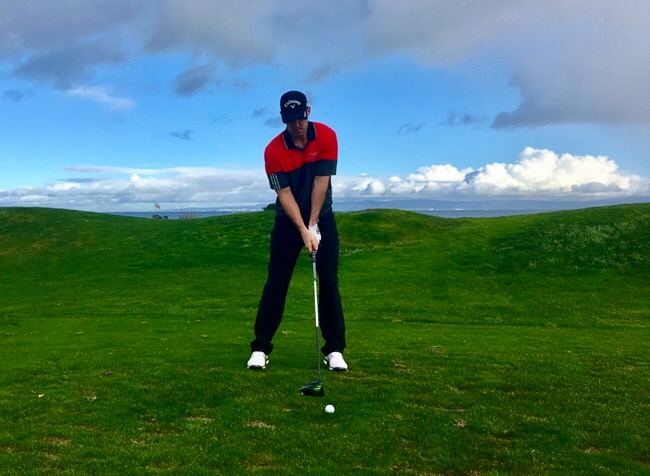



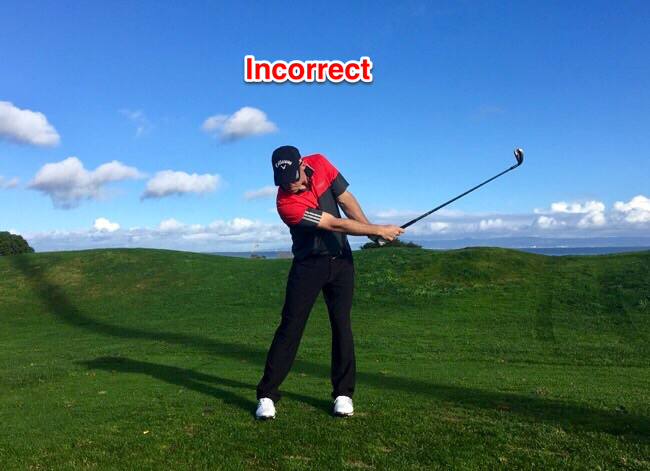
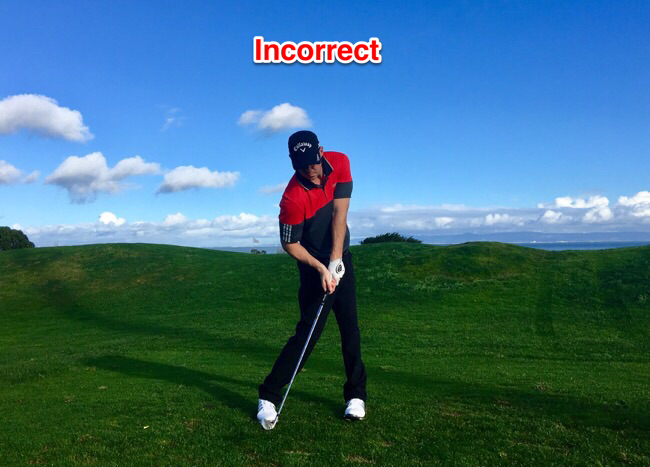
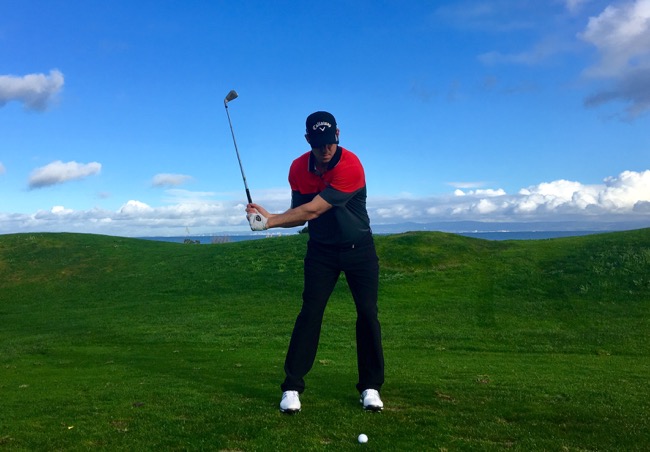















TheCityGame
Feb 17, 2017 at 12:37 pm
Love this article. This is about learning TO swing. . .not learning A swing.
Mike
Feb 15, 2017 at 7:06 pm
Great advice. One of my big regrets in golf is that I didn’t practice partial speed shots more from the beginning. Those shots are one big difference between really good players and OK players.
Jack Nash
Feb 15, 2017 at 2:25 pm
I like trying driver off the deck but as another poster stated it might help seeing a correct photo. I would imagine more of a feeling of slightly hitting down on the ball? I can usually make decent contact but if I get it 10′ in the air I’m doing good. It’s fun to try though. Specially against the wind.
Kelvin Kelley
Feb 15, 2017 at 2:37 pm
The cover image would be the correct “feel” of impact. Make impact feel close to the address position, where you have maintained your original body shape. Your hips will naturally clear, but you will be covering the ball more.
Andrew Levy
Feb 15, 2017 at 10:16 am
can you put the correct pictures up too?
Jason
Feb 15, 2017 at 9:18 am
For the off speed shots–are you suggesting to make a full or small swing to the shorter distances?
gdb99
Feb 16, 2017 at 5:11 pm
I’ve had my instructor tell me to make a full swing to a shorter target. He told me most people have a hard time doing it.
M.
Feb 15, 2017 at 8:14 am
Spot on… taken years to figure this out!